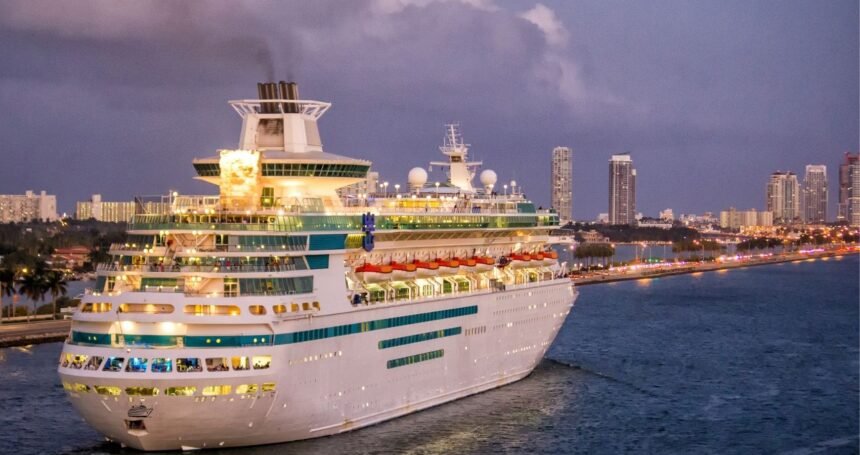The Greater Victoria Harbour Authority has put off plans to install shore power for cruise ships at Ogden Point.
They say that an updated assessment done on October 26, 2025, shows that the project’s costs and complexity are much higher than what the nonprofit can handle.
The authority said in a project note that its least expensive viable option now costs $92.5 million, which is $31.5 million more than what senior governments have already promised.
This leaves a gap of about $61 million that would make it hard for them to keep up with their operations and maintenance duties across the harbour.
GVHA also said that the terminal would need a new substation on site and about 7.5km of cabling to get enough electricity, which makes the project more expensive and risky to build.
Its shore power project update says that the authority will switch to a wider strategy for electrifying ports and improving efficiency, but it will still work toward reducing emissions in the long term.
If ships had shore power, they could have turned off their auxiliary engines while they were in port.
The cancellation shows how quickly inflation, upgrades to the grid, and specialized frequency conversion equipment have changed the budgets for heavy infrastructure.
In February, the federal government announced up to $22.5 million for Victoria’s shore power build. This was in addition to the $9 million that the province gave in 2023.
The authority said that even with those promises, the gap to completion has grown too big to be financed without hurting other community assets like the Breakwater and Causeway.
A seaside passenger terminal needs extra, high-capacity service that goes through dense city blocks, which makes construction take longer and causes more problems for the neighbourhood, as well as higher capital costs.
As Carney’s project picks show, Ottawa has been focusing on later stage industrial builds that can get through approvals quickly instead of starting new megaprojects that need grid expansions that take a long time.
This bias toward speed can be seen in energy and transportation policy as a whole, where governments are trying to find a balance between making things affordable and getting things done.
It also explains recent decisions about the pace of electrifying transportation, such as how Carney hits the brakes on the EV mandate to give the industry and consumers more time to adjust.
In the short term, the effect on Victoria’s tourism economy is more practical than existential. Ships will keep coming, and they will keep using auxiliary power to stay in hotels while they are docked.
Shore power cuts down on most of the air pollution that happens while a ship is at berth and lowers greenhouse gases while the ship is in port.
This is why the authority is signalling a shift toward smaller, staged steps that still reduce the harbor’s footprint.
Some of these could be targeted electrification of ground equipment, making GVHA properties more energy efficient, and working with utilities on medium term capacity solutions that don’t leave capital stranded.
Even when senior governments step up, local balance sheets have been stretched by rising interconnection costs and custom engineering.
As Canada adds more electrification loads from transportation and industry, local grids will be under more stress.
This is also a point of discussion in the debate over how to build enough clean, firm power to support large scale electrification at Canada’s new mega battery plant.




















